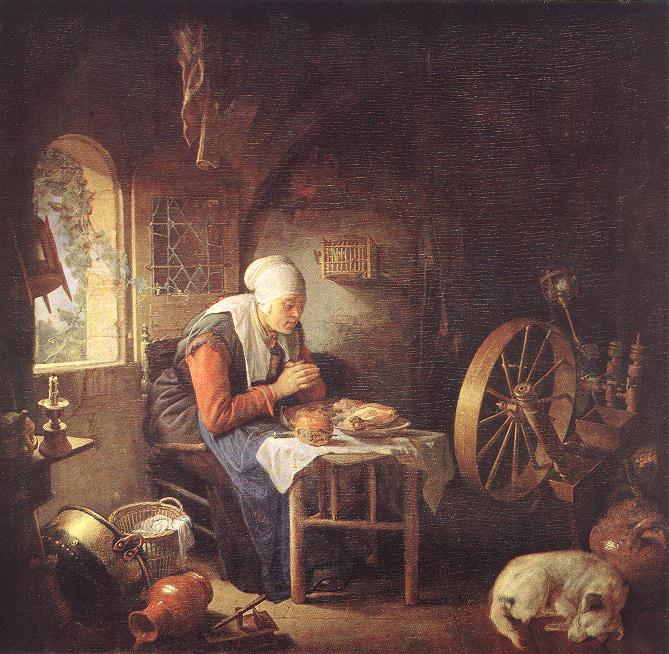As you saw in your readings for class today, a wide range of nineteenth-century writers experimented with just how close fiction could come to depicting real life. Nowhere is this more true than in the form of the novel, which gained increasing popularity and prestige in this period. But realism as a mode of fiction was not without its challengers. Some critics objected that literature always introduced distortions when depicting life; others worried that social realists, who claimed to document existing realities, ended up shaping those conditions with their prose. (Along these lines, you may recall our discussion of Abolitionist literature when we discussed Harriet Jacobs’s non-fictional account; here, of course, writers and supporters hoped literature could effect social change and even large-scale political reform.)
For this assignment, read the pages at the link above: first, a scholarly overview of the debate surrounding realism in Britain, and second, one chapter from the novel Adam Bede, by the British novelist George Eliot, in which she directly discusses her theory of realism and its effects. The chapter stands out from its context, but you should feel free to consult a synopsis if you’re interested.
In a post of your own (of roughly 500 words), due Thursday, make an argument that brings the two readings into conversation with each other. You may focus on any issue you like, but you may consider one of the following questions: what are realism’s limits (either aesthetically or socially)? what do you make of Eliot’s mixture of fiction and literary criticism in this chapter? why do you think Eliot compares her literary method to painting (in particular Dutch scenes like the one below)? how does realism intersect with the depiction of religion or religious subjects? how does realism intersect with the representation of social class?
Again, you can pursue any subtopic you find interesting as you read, but try to stay focused and make a case for a connection you see between the two readings. When discussing the readings, be sure to quote evidence from them and cite accurately. Be sure, also, to give your post an engaging title and to proofread the post carefully.
You’ll be contacted about readings for next week later this week. Happy Spring!

Gerard Dou, The Prayer of the Spinner
